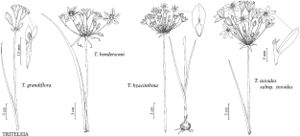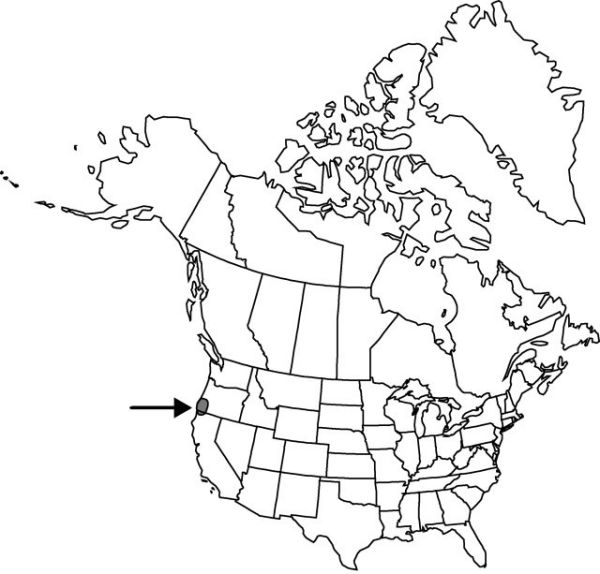Difference between revisions of "Triteleia hendersonii"
Pittonia 1: 164. 1888.
FNA>Volume Importer |
imported>Volume Importer |
||
| (One intermediate revision by the same user not shown) | |||
| Line 8: | Line 8: | ||
}} | }} | ||
|common_names=Henderson’s triteleia;yellow tiger-lily | |common_names=Henderson’s triteleia;yellow tiger-lily | ||
| + | |special_status={{Treatment/ID/Special_status | ||
| + | |code=F | ||
| + | |label=Illustrated | ||
| + | }}{{Treatment/ID/Special_status | ||
| + | |code=E | ||
| + | |label=Endemic | ||
| + | }} | ||
|basionyms= | |basionyms= | ||
|synonyms={{Treatment/ID/Synonym | |synonyms={{Treatment/ID/Synonym | ||
| Line 58: | Line 65: | ||
|publication title=Pittonia | |publication title=Pittonia | ||
|publication year=1888 | |publication year=1888 | ||
| − | |special status= | + | |special status=Illustrated;Endemic |
| − | |source xml=https:// | + | |source xml=https://bitbucket.org/aafc-mbb/fna-data-curation/src/2e0870ddd59836b60bcf96646a41e87ea5a5943a/coarse_grained_fna_xml/V26/V26_694.xml |
|genus=Triteleia | |genus=Triteleia | ||
|species=Triteleia hendersonii | |species=Triteleia hendersonii | ||
Latest revision as of 21:16, 5 November 2020
Leaves 15–40 cm × 3–12 mm. Scape 10–35 cm, smooth or slightly scabrous near base. Flowers: perianth yellow or white, often tinged or fading blue, 18–26 mm, tube slenderly funnelform, moderately attenuate at base, 6–10 mm, lobes widely spreading, with conspicuous dark purple midvein, 12–16 mm, ca. twice as long as tube; stamens attached at 1 level, nearly equal; filaments narrowly subulate, 3–4 mm, apical appendages absent; anthers blue or sometimes white, 1.5–2 mm; ovary 1/2 as long as stipe; pedicel 1.5–4 cm. 2n = 32.
Phenology: Flowering spring (May–Jul).
Habitat: Dry slopes
Elevation: 100–3000 m
Discussion
Triteleia hendersonii is common within its restricted range. The plants previously recognized as var. leachiae, or separately as T. leachiae, differ primarily in having a white perianth and are limited to Curry County, Oregon. Intermediates have been found, and further study of this variation is required to determine whether formal recognition of infraspecific taxa is warranted.
Selected References
None.

